BMW 3 Series vs Mercedes-Benz C-Class: Comparison
The Mercedes-Benz C-Class and BMW 3-Series have been on a civil war since eternity - well, almost. With the 7th generation 3 now in India, it was natural for us to line them up for a full-blown comparison. Read it here.

The C-Class and 3 Series have been battling it out for generations. So, with the introduction of the new seventh-gen 3 Series, a face-off was inevitable.
The 3 Series and C-Class have a rich and illustrious history of battling against each other. From motorsport versions to autobahn bruisers, the Mercedes-Benz C-Class and BMW 3 Series have had numerous iterations that have captured the hearts and minds of performance car enthusiasts all around the world. But you simply can’t sell a Mercedes-Benz to a BMW aficionado, and vice versa. It’s like being a dog or a cat person!
Floats like a butterfly
The new seventh-generation BMW 3 Series is built on BMW’s CLAR architecture, which makes it lighter by 55kgs and stiffer than the model it replaces. The new car is longer and wider than before and, consequently, has a wider track – 43mm wider at the front and 22mm at the rear. Of course, it retains its 50:50 weight distribution, so by all accounts its should still set the benchmark in terms of grip and driving dynamics.
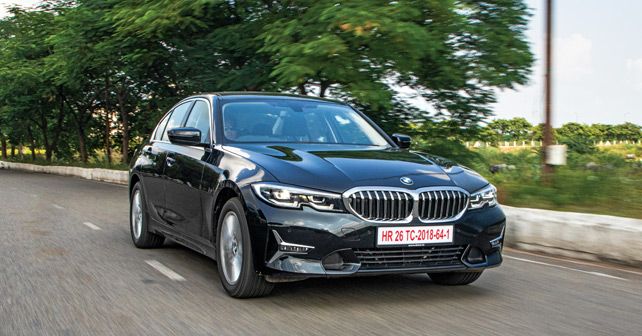
Now, in the past, the BMW 320d was powered by a 2.0-litre diesel engine that developed 188bhp and 400Nm of peak torque. And while the engine is heavily revised, the power output remains the same – yup, 188bhp and 400Nm.
But, don’t for a moment think that BMW built the entire car and forgot about the engine, for this engine ditches the previous twin-scroll turbocharger for a pair of new ones – one of them provides a boost at lower engine speeds while the other comes alive at higher engine speeds. In essence, this setup is designed to improve turbo lag. But does it work?
Well, as you fire the engine, you realise that the 320d is now quieter than before, and, on the face of it, the acceleration seems to be more linear. In Comfort mode, it’s a fairly relaxed car to drive around – the ride is fairly comfortable and the engine response is adequate for the city.
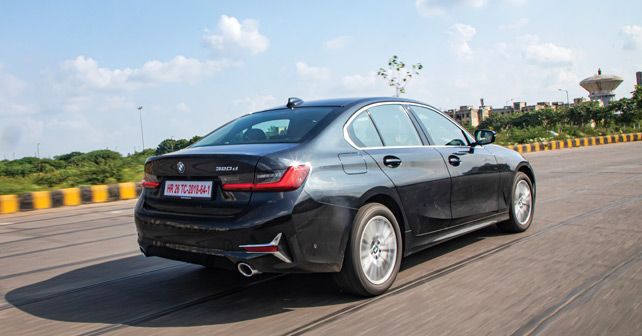
But, when the roads open up, and you step on it, you do sense a lack of urgency in the power delivery. Of course, this is easily overcome by depressing the Sport button. Do that, and the drivetrain comes alive and manages to stay in just the right gear for instant response during part-throttle acceleration. So, from the point of view of real-world drivability, the 3 Series excels.
And when you hit the highway in Sport mode, those inherent BMW traits become more apparent – you can power through corners, and the car remains glued to the road with extreme confidence. Moreover, the steering feels very direct and allows the car to simply dart in whichever direction you point it in a very exciting manner.
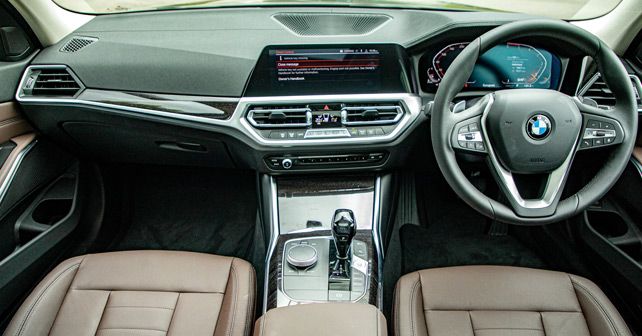
However, you have to remember that this is a diesel automatic powertrain after all, which means that every time you mash the accelerator pedal, there is a certain amount of delay before you get kickdown acceleration. So, the paddles behind the steering to change gears come to good use when you want a quick downshift and instant acceleration.
So, the BMW 320d continues to hold the crown of being the ultimate sports sedan. But, if you want a genuine sports sedan, you’re better off spending a little more money and going for the punchier petrol-powered 330i instead. The 320d is better suited to the luxury car duties that it’ll more often than not be assigned.
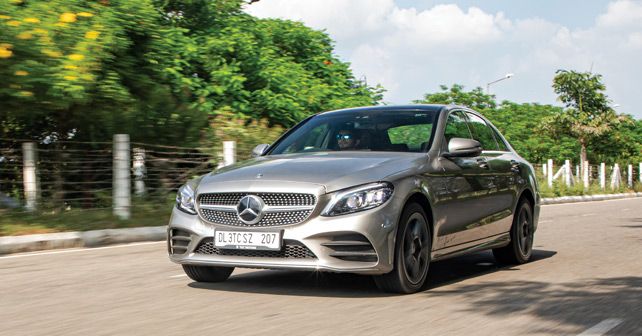
Autobahn bruiser
500Nm from a 2.0-litre diesel engine – you know that the Mercedes-Benz C300 d means business. Unlike the BMW, the Mercedes that we have here is not an all-new model but a heavily reworked version of the fourth-generation C-Class that made its debut in 2014.
But when you look at it with this AMG package, you simply can’t tell that it’s a five-year-old car. The colour, bumpers, wheels, and fantastic Multibeam LED headlights, all work to make the C-Class look up to date and luxurious.
In fact, from the moment you open the door, the Mercedes impresses you with its detail and luxury – everything from the contours of the seats to the stitching and other highlights really liven up the cabin. Factor in the high-rent metal finished switchgear, the beautiful leather wrap on the steering wheel, and piano black trim elements, and you know that you’re in the presence of a very high-end machine. In fact, the seats have so much padding that it reduces the room in the back of the Mercedes – even though the rear-seat legroom is similar in both cars.
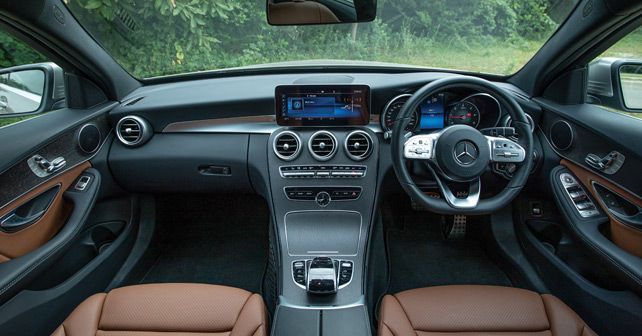
Then, there’s the matter of equipment. The C300 d has some very usable features, such as memory front seats, an electronically adjustable steering wheel, dual-panel sunroof, rear-seat sun blinds and multibeam headlights that don’t dazzle oncoming traffic.
And when you drive this car, you start to appreciate it even more. For, under the hood lies a 2.0-litre engine that’s good for 241bhp and 500Nm, and it comes with a rated 0 to 100km/h time of 5.9 seconds.
Right from the get-go, the C300 d feels considerably more powerful even during city driving, thanks to the massive 500Nm of torque. Once you get used to this amount of power, the 320d does feel a little underwhelming. But the issue with the C300 d is that it isn’t as intuitive as the BMW in holding revs and finding the right gear. As a result of which, the that typical diesel automatic lag is more evident here – which means that you really have to punch the long pedal and wait for the power to become available.
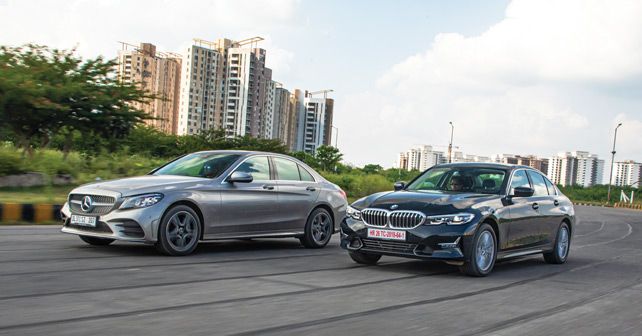
Out on the highway, like the BMW, the Merc too seems to take its time in kickdown acceleration. But, once that power comes in, the C300 d simply leaves the 320d in the dust. This thing simply takes off! Power comes in strong and the gearbox does a brilliant job of delivering smooth shifts, as you shoot past everything else on the road. The C300 d certainly seems very serious about hitting its 250km/h top speed.
There’s hardly any doubt that the sole purpose of the C300 is to be a very serious autobahn bruiser. And, at that, it excels. It may not have that handling finesse of the 3 Series, and the steering may not be as engaging, but it sure is fast!
The complete luxury car
The C-Class feels like the more complete package. Its punchier, plus it looks and feels that little bit more premium. But, when it comes to comfort, the BMW edges ahead slightly. The 17-inch wheels and suspension set-up provide a slightly softer ride than the 18’s on the C-Class, and the rear seat feels that little bit more spacious in the 3 Series. In a market like India, where a large percentage of customers will be chauffer driven much of the time, this is certainly a point to consider.
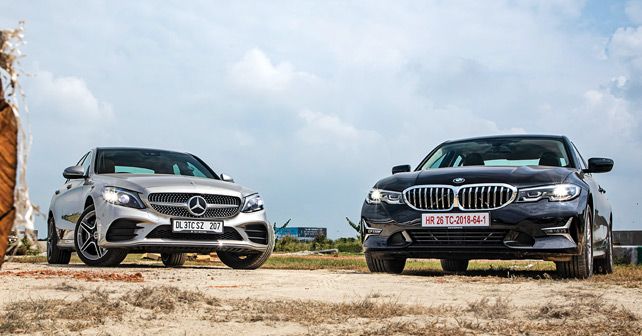
As a driver’s car, the 3 Series has that unmistakable level of driving pleasure that can only come from machines from Bavaria. The trouble for the BMW comes from the C300’s power delivery because once you’ve tasted that, there’s simply no going back.
To top it off, the C300 d is not just more powerful but it’s also BS6 compliant and costs a mere ₹2.84 lakh over the 320d Luxury Line model that we have here. At this price, the Mercedes makes for a very compelling and desirable package. If you’re not hung up on diesel, the 330i is still the best driver’s car in the segment. But, as is, the three-pointed star is the pick of this pairing.
Also read - 2019 BMW 3 Series vs 2018 BMW 3 Series: Comparison
Engine: 1,950cc / 4 Cylinders / 16 Valves / Turbocharged
Fuel: Diesel
Transmission: 9 Speed Automatic / Rear-Wheel Drive
Power: 241bhp @ 4,200rpm
Torque: 500Nm
Acceleration: 0-100km/h – 5.9 seconds
Top speed: 250km/h
Price: ₹49.74 lakh
X-factor: Addictive power and a luxurious cabin make for a very attractive package.
| Pros • Luxurious cabin • Equipment levels | Cons • Rear seat space |



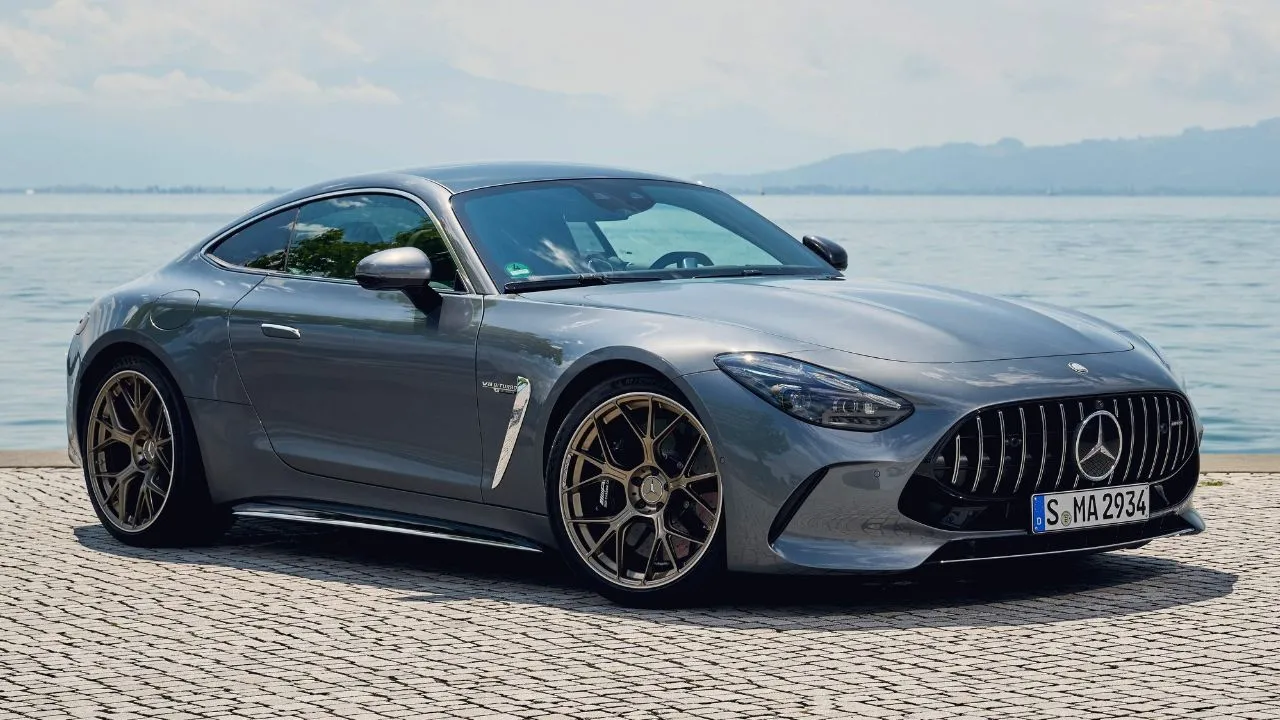
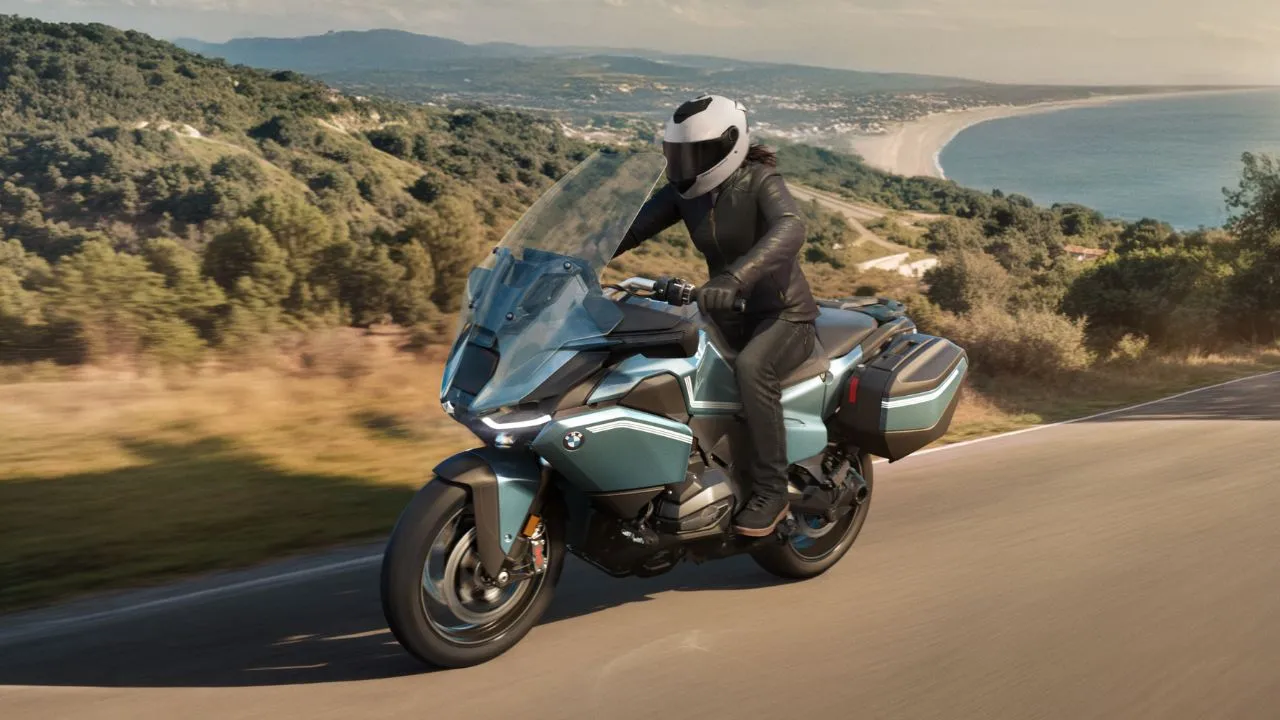
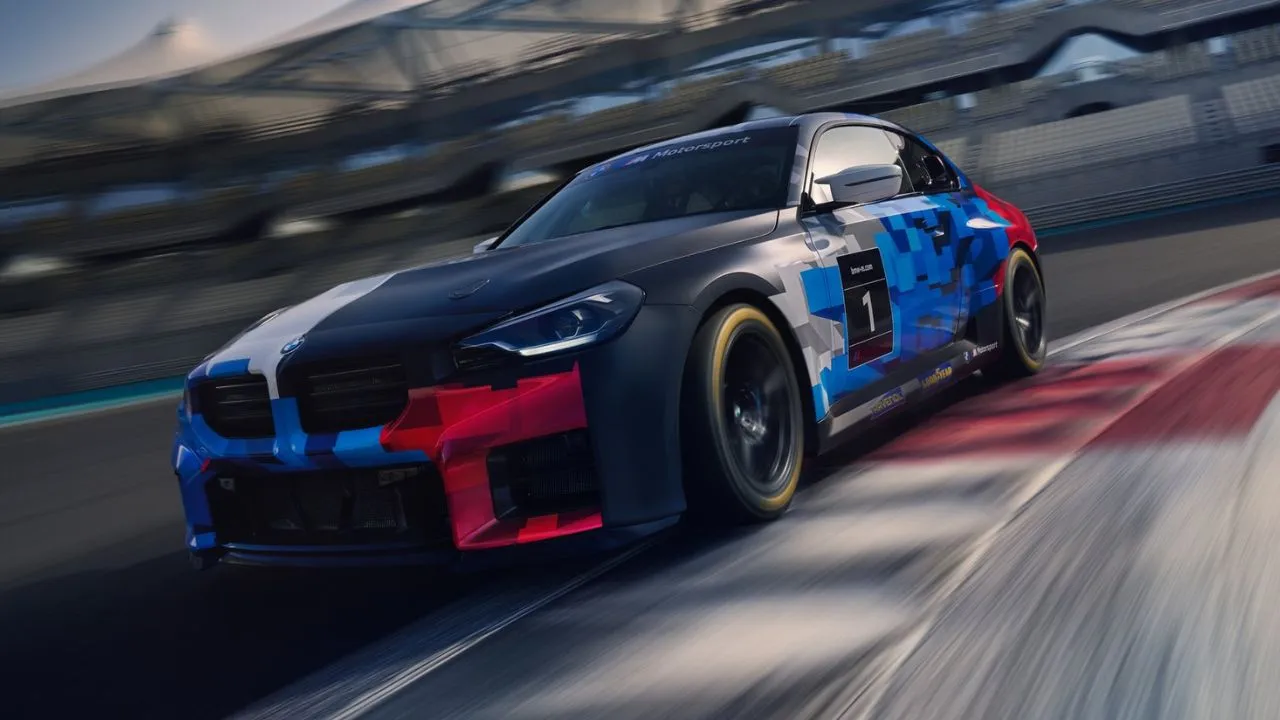
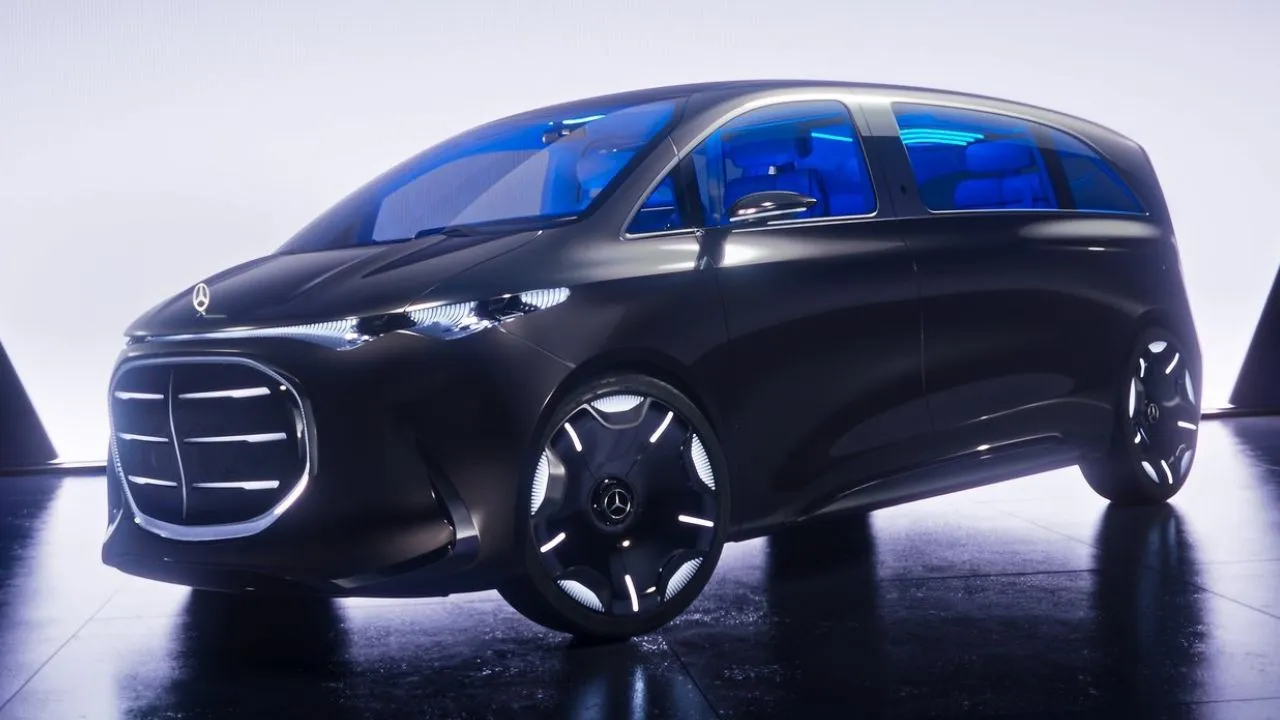
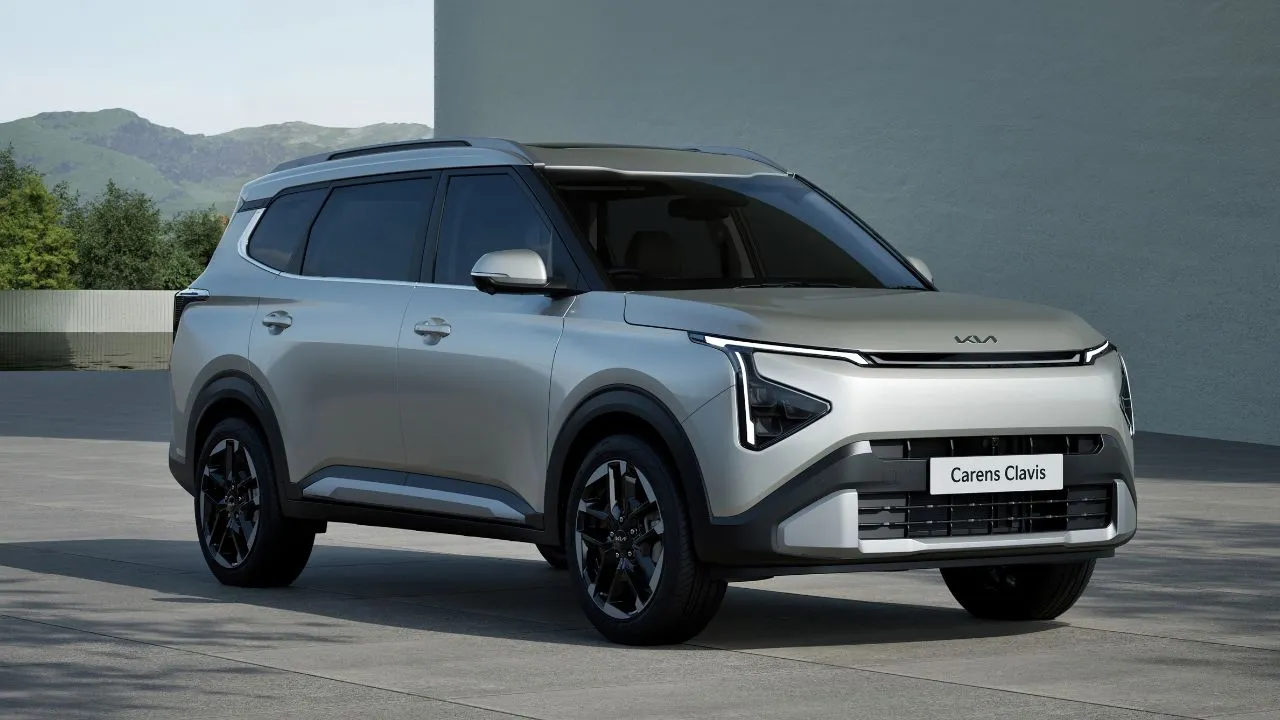
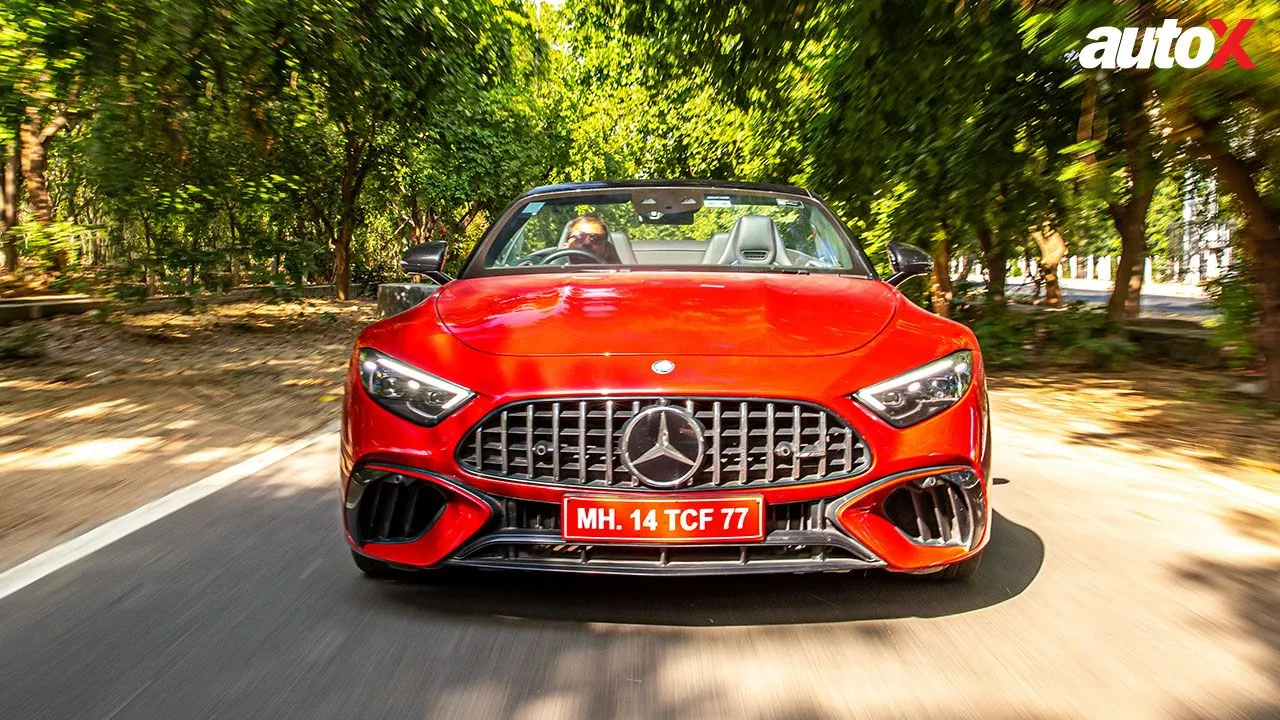

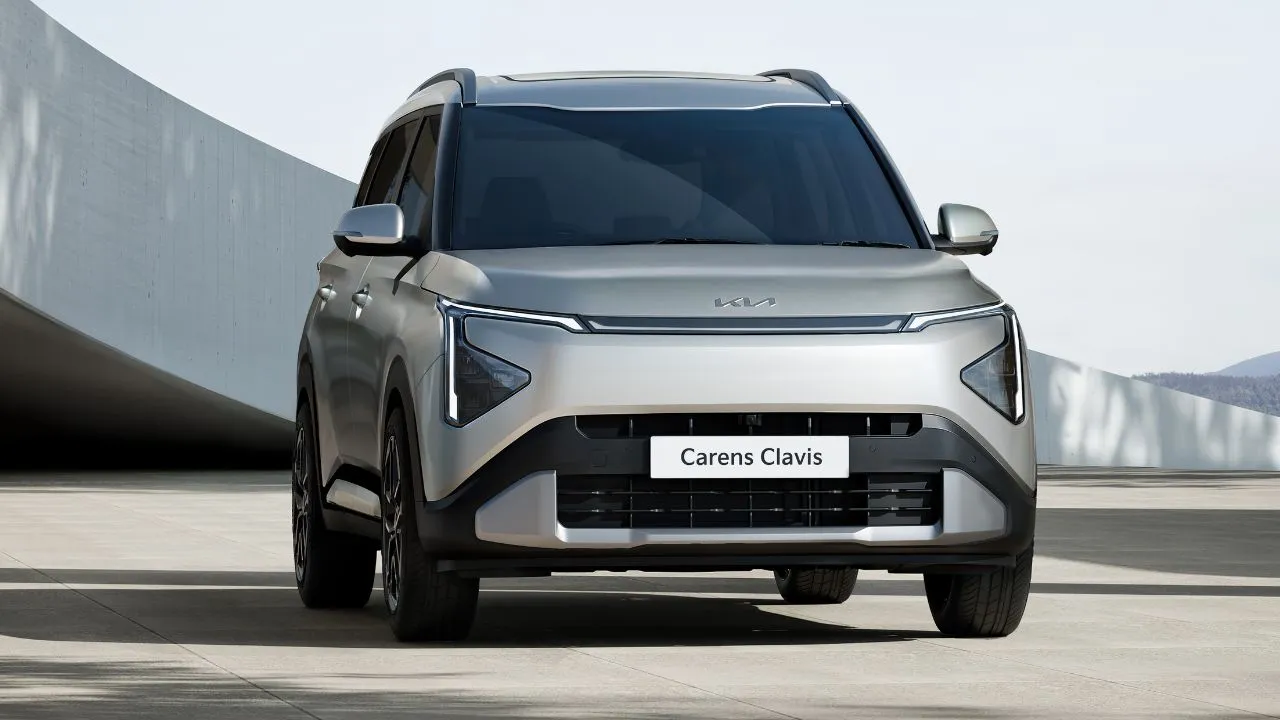
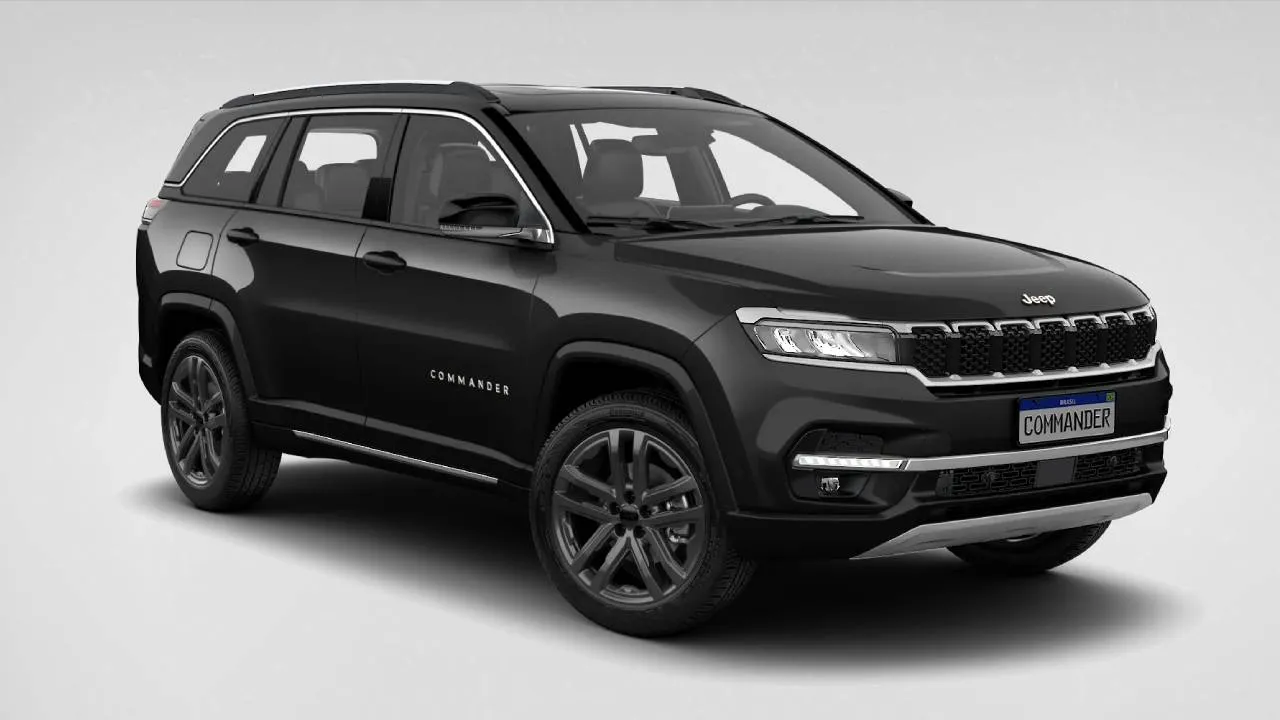

Write your Comment on